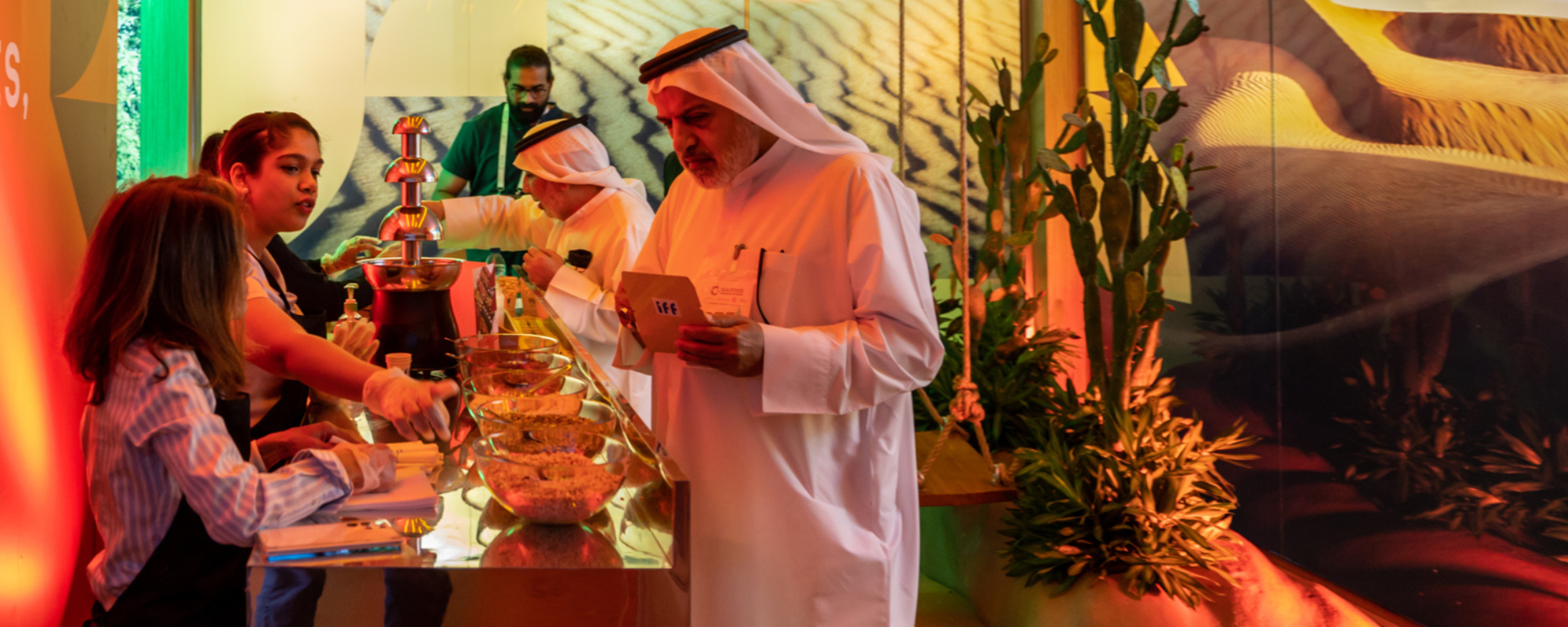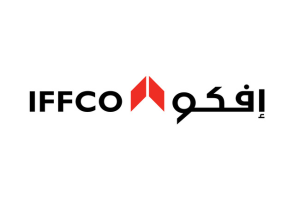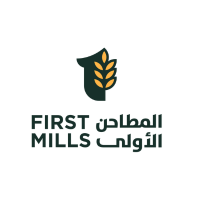The Rise of Online Grocery Shopping in Saudi Arabia: Trends and Strategies for Retailers
)
As the phygital world continues to consolidate itself and gain momentum across the globe, it reinforces the sense of ease offered by technology as an enabler of the “anytime, anywhere” mindset. At the same time, the continued urbanisation, combined with the growing number of tech-savvy consumers and the consistent growth of the e-commerce industry, have substantially fuelled the consumer preference for online shopping.
Although the speed and intensity of these trends vary across regions, the world has become more unstable post-pandemic due to rising global geopolitical tensions. This adds an extra layer of pressure on industries, markets, and consumers alike in the form of inflation or higher costs of living. Despite having started to decrease in many countries, inflation is still expected to remain consistently high in 2024 and years to come, posing a complex challenge for everyday life.
When it comes to modern grocery retail, discounters and online are the fastest forecasted growers between 2023 and 2028. This counters the expectation that e-commerce would slow significantly after lockdowns were lifted when, in fact, many countries saw their online purchasing remain stable. Thus, online grocery retail is expected to represent around 6.6% of global sales in 2028, growing at a CAGR for 2023-2028 of 7.8%, according to data from IGD Research.
These transformations are happening at a different pace across the globe, with the MEA region following the online retail growth trend. In the next five years, online grocery retail is expected to be the fastest grower (around 14%), followed by convenience (around 7%). This wouldn’t be possible without the region's intense growth in internet usage. According to World Bank numbers, it tripled in the last ten years, from 25% in 2010 to 78% in 2020. On the other hand, the traditional channel will keep leading the market share (around 43%), while supermarkets will remain the region’s most relevant modern trade channel, accounting for almost 32% of the market share in 2028. Likewise, in Saudi Arabia, traditional outlets will keep dominating the market (accumulating around 57% of market share), while online players will grow the most, with an expected 8.3% growth between 2023 and 2028(1).
This stems from different socio-economical reasons. Saudi Arabia is the MEA’s largest economy and the third-largest grocery market(1). With an expanding middle class, a significant young population (more than 60% aged 18-34), tech-savvy and increased purchasing power, there is a favourable context for retailers to modernise and adapt to those new consumers. In 2024, the number of Saudi internet users for e-commerce is forecasted to reach over 33 million people, which is +42% Vs 2019(2).
Recognising the importance of e-commerce in enhancing the national economy, the Saudi Arabian government has been implementing different legislation and regulations to facilitate the growth of online businesses. This includes supporting entrepreneurs who would like to transition from offline to online trade through electronic payments, digital marketing, or improved delivery systems across the country(3).
Within such a context, the future perspectives for Saudi Arabian e-commerce are bright, as consumers, government, infrastructures and increasing internet penetration are aligned to make this channel thrive. To keep the momentum and fuel growth, it is important for the different business actors to:
- Build an efficient and resilient supply chain, keeping governmental support on infrastructure, internet penetration, digital payment solutions, and top-notch storage or delivery systems, which constitute the backbone elements for e-commerce to operate;
- Focus on diversification and added value, catering to an increasingly demanding shopper by launching new products and solutions or by expanding the service portfolio.
Sources:
(1) IGD Research
(2) US International Trade Administration
(3) Euromonitor





)






.png)
)
)


)
)
)
)
)
)
)
)
.png/fit-in/500x500/filters:no_upscale())
)
)
)
)
)